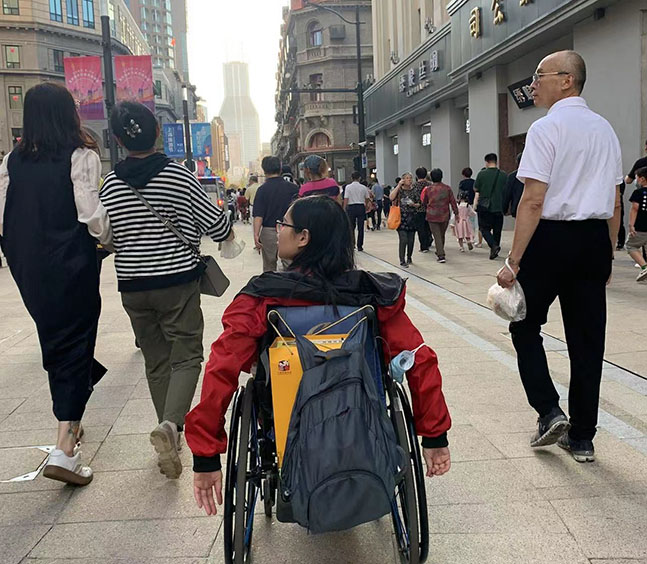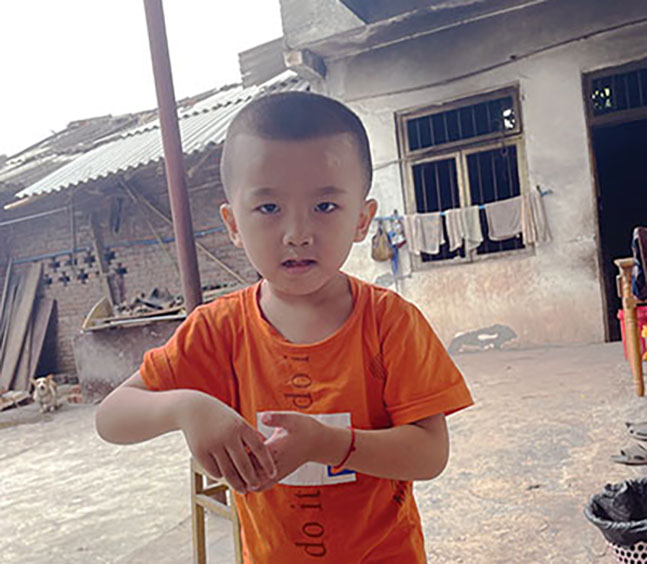Urban China
China’s population grew to 1.4 billion in 2020, with more than 65% living in urban areas. Access to healthcare has increased in the last decade, and fewer children with medical needs are abandoned. The number of rehabilitation facilities has also increased, almost tripling between 2011 and 2018. Sadly, that’s still only enough to help one-third of children with disabilities.
New Chinese charities have opened in urban areas to meet the needs of orphans, offering extra support that institutional settings can’t provide. Right now the biggest gap is in life skills and vocational training. Philip Hayden Foundation has focused our urban programs on training people with disabilities to live independently and hold a job.

Rural China
Daily life in rural China is very different from life in urban China. China has introduced policies to address poverty, but rural areas still face unique challenges that place orphans and vulnerable children at risk. More than 300 million adults from rural areas migrate to cities for work. Their children often stay behind, living with a single parent or a grandparent.
Rural areas have fewer local charities to help orphans and unsupported children. Only a third of the population lives in rural areas, but 80% of children with disabilities live there. Many children in these areas don’t have access to medical care and early or specialized education. Philip Hayden Foundation works with local charities to strengthen local families and child welfare care stations. Together with our partners, we offer humanitarian aid, medical care, and education.

